Prior to ordering & installation please ensure the tiles are suitable for the application. If not fitting yourself make sure your tiler is familiar with fixing Porcelain Tiles and that you fully discuss your requirements and expectations.
A wastage factor should be taken into account for each project prior to ordering. This is normally a minimum of 10% which should allow for cuts and any minor tile imperfections.
Read the instructions on the packaging of Adhesives, and Sealants very carefully. Keep everything meticulously clean and orderly as work progresses.
No complaints regarding the appearance of the product will be accepted by The Stone and Tile Company Ltd once the tiles have been installed and sealed.
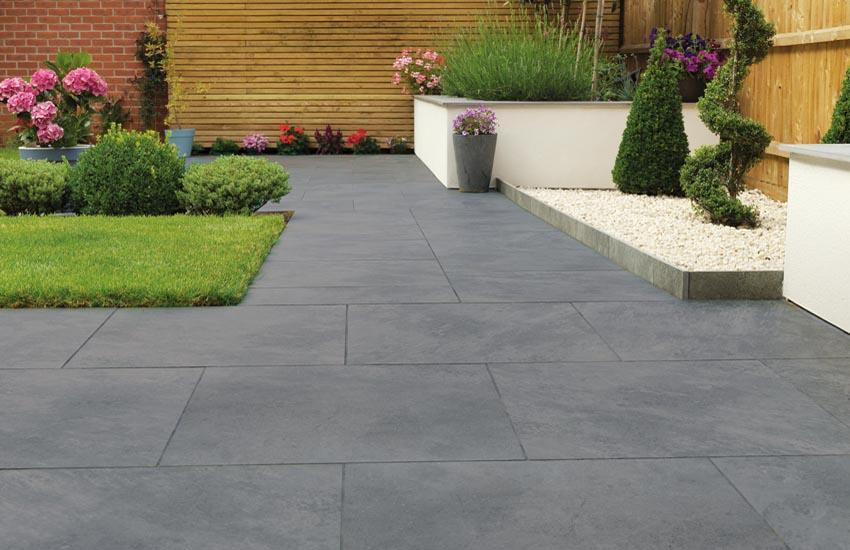
Porcelain Tiles should be stored inside prior to installation.
Surface Preparation: Just as with ceramic tile installation, it’s imperative that the surface you’re tiling on is properly prepared, suitably level, sound, clean, dry, and free of dust, grease or any loose material. All surfaces must be completely secure without any obvious deflection and capable of carrying the additional load. You must ensure that the substrate is suitably prepared to support the adhesive and tiles you have selected. Before tiling or levelling certain substrates must be primed to reduce the porosity, or to minimise the chemical reaction with cement-based adhesives so please refer to the instructions on the adhesive packaging before commencing tiling.
Planning: With so many different Porcelain tiles available, you will be spoilt for choice as you can use porcelain in all areas of the home. Since Porcelain is much harder than ordinary ceramic tiles, this makes it suitable for any high traffic areas throughout the home, meaning they can be your ‘forever home’ tiles. Large format, 600x600mm Polished Porcelain tiles are a popular choice for open plan, multi-use areas due to the fact that fewer tiles are required meaning reduced installation times and not as many grout lines. Another added bonus of this type of tile is that creating a seamless, continuous aesthetic between lounges, dining areas, hallways, and even outside areas is easy. You could also consider 600x300mm stone effect Porcelain tiles and brick-bond them to create added luxury.
Some porcelain tiles have been creayed using 3D print technology so they will have a varied print, so we would recommend opening all crates or pallets of materials supplied and stacking them vertically against a wall and mixing tiles from each box. We then recommend that you dry lay them to blend them visually before final application to your floor or wall, this will ensure that you are happy with any tonal variation. Dry laying will also allow you to determine which tiles you can select for the external cuts of your project.
We recommend incorporating movement joints at a frequency of approximately 20sqm. The type and design of the movement joint should always be fit for purpose.
Underfloor heating: Porcelain tiles are suitable for all forms of underfloor heating, so such a great way to add that extra element of luxury.
Laying: If you are fitting tiles that are over 600mm in length it is advised that you use a wall & floor levelling system as it will eliminate any lippage. Larger tiles have a slight curvature and is more noticeable on rectified edges, especially as generally laid with narrow joints. A levelling system will adjust the height of the tiles and evenly holds their edges flat throughout the curing process.
Adhesive: A cement based tile adhesive is recommended with porcelain tiles so you may need to check if your substrate requires sealing prior to fitting. We recommend ProFlex SP Wall & Floor Tile Adhesive and & ProFlex S2 Adhesives. Porcelain tiles must be solidly bedded using a suitable notched trowel to apply the adhesive onto the substrate, spreading only enough adhesive that remains workable. Take the flat side of the trowel and smooth over the adhesive to produce a uniform, ridge-free bed.
We also recommend ‘back buttering’ each tile so you achieve a strong bond with whole tile.
Cutting: Porcelain Tiles tiles are very strong, meaning that it can be quite difficult to cut them using a score and snap cutter. To ensure accuracy we’d recommend using an electric diamond wheel tile cutter with a diamond encrusted blade, especially when taking on irregular cuts such as around plug sockets, taps, pipes etc.
Grouting: We recommend using a rapid setting cement-based grout. wall & floor tile grout is rapid-setting with strength and flexibility, and has ultimate colour consistency too. Allow your tile adhesive a full 24 hours to cure before grouting. Mix the grout as per manufacturer’s instructions to form an even paste. Apply using a rubber float or squeegee at a 45° angle to the wall or floor making sure to press the grout firmly into the gaps. Wipe any excess grout from the face of the tile using a damp sponge, being careful not to remove the grout from the grout line. After approximately 30 minutes, buff the tiles with a soft dry cloth to remove any grout haze. This can be repeated until the face of the tiles are clean.
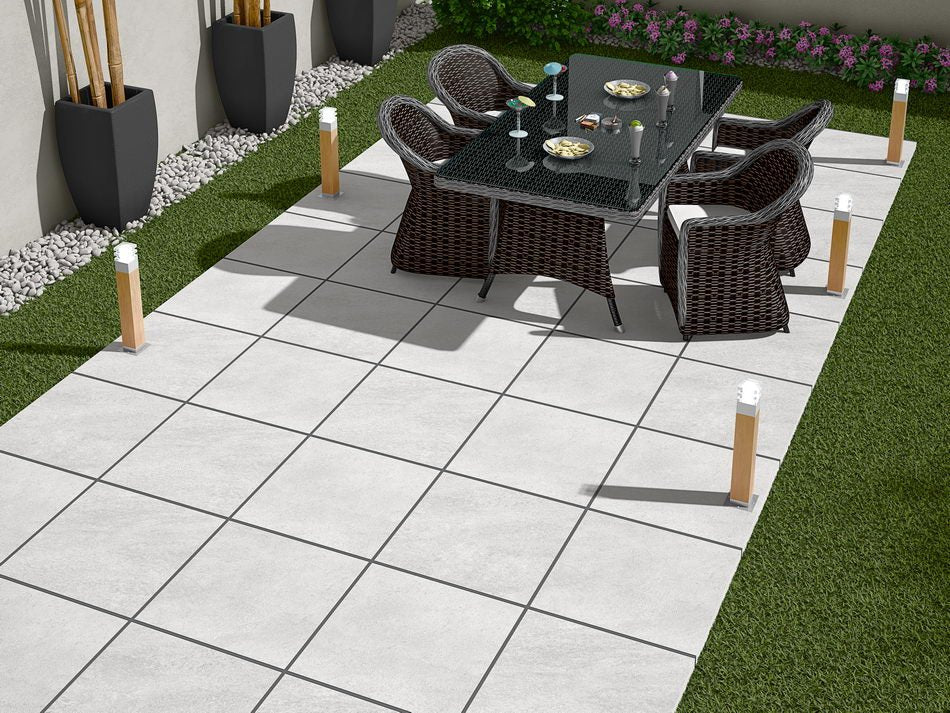
Using dark grout colours – Although some polished porcelains are pre-sealed at the factory, you may find that additional sealer will be required when wishing to use a dark grout. We recommend sealing the tiles prior to grouting as the factory sealer may not be sufficient to protect against the dark staining in the grout. When using coloured grouts, it is advised to clean the grout from the surface immediately to reduce the contact of the grout with the surface of the tile.
Sealing: Most Porcelain Tiles do not require sealing, therefore require almost no effort in order to keep them looking sleek. However for those of you who have a polished porcelain, then you will need to seal them, as the manufacturing process will leave microscopic holes in the surface which could over time hold dirt. So it’s important that you check which type of porcelain you have, and whether or not they require sealing. We recommend LTP Polished Porcelain Sealer.
Some polished tiles have a manufacturing sealer applied at the production stage called a Nano sealer which provides protection for tiles at installation stage. However, care does still need to be taken to ensure you don’t compromise the nano sealer when installing the tiles. It is recommended that you conduct a water test to ensure the sealer is still effective before general use.
Cleaning and Maintenance: Porcelain Tiles require little maintenance and will last a lifetime with the correct care. All you will need to do is brush them and mop them weekly with a mild detergent to keep them in perfect condition. If you have sealed your tiles we recommend neutral cleaners it won’t strip your beautiful sealer and will actually enhance the longevity of your sealer too.
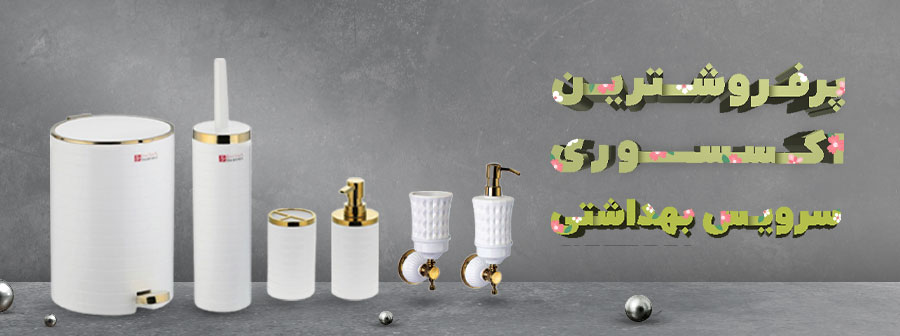
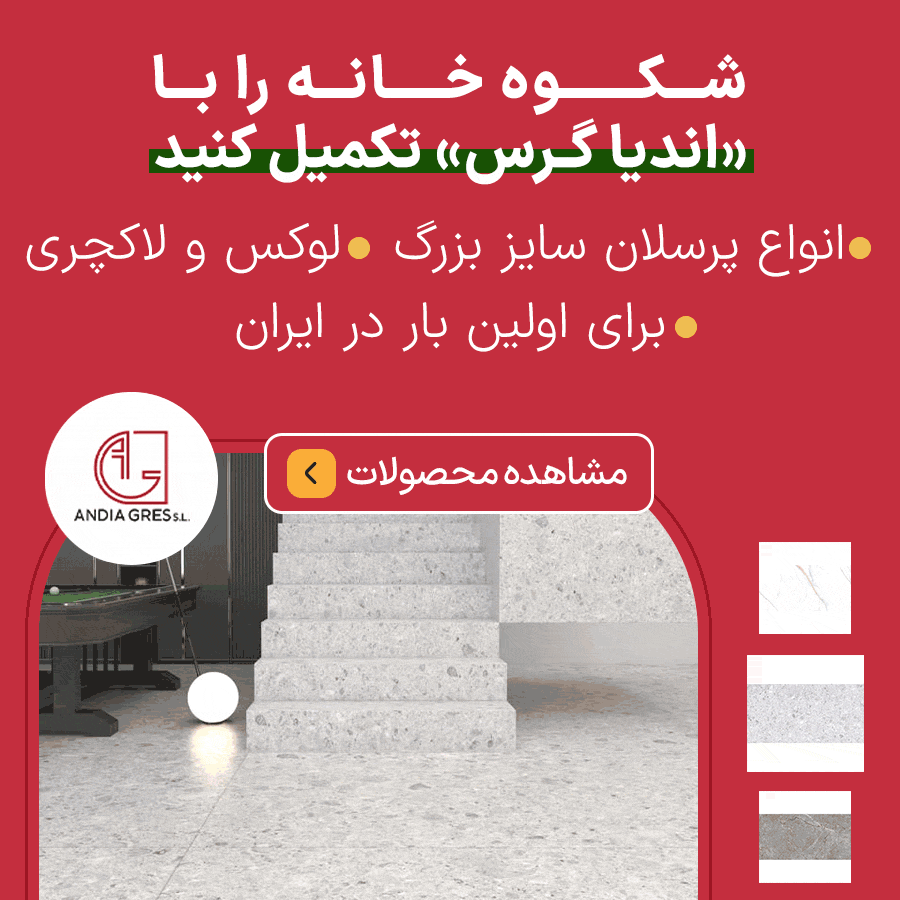

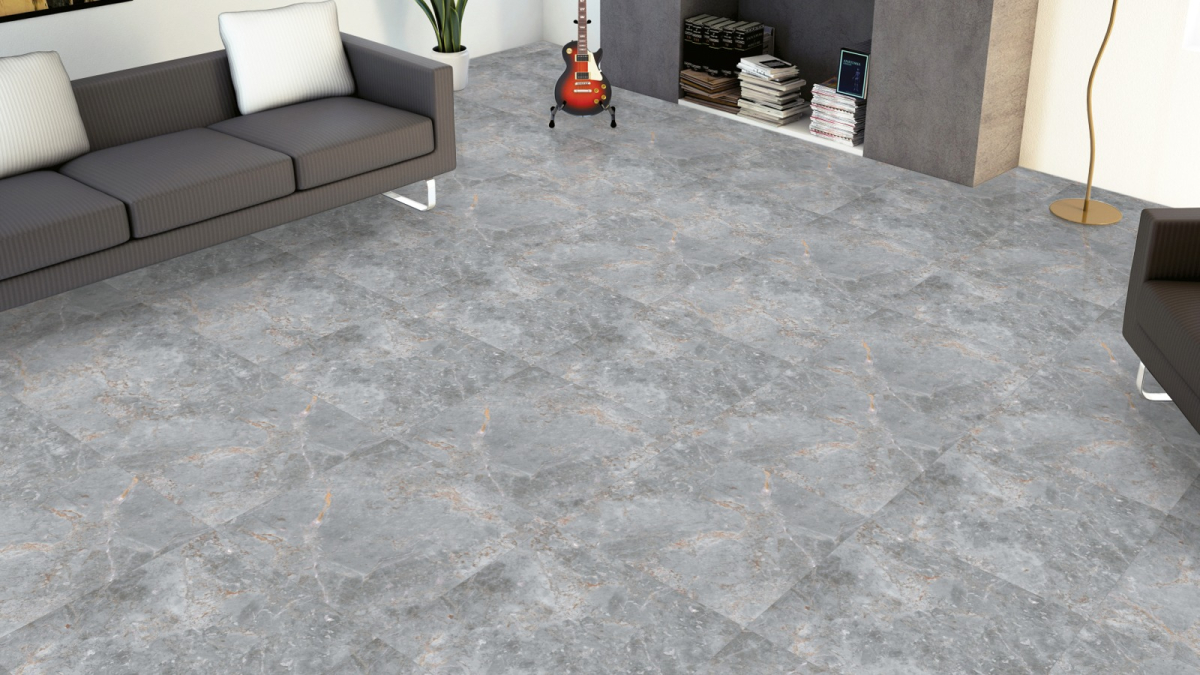
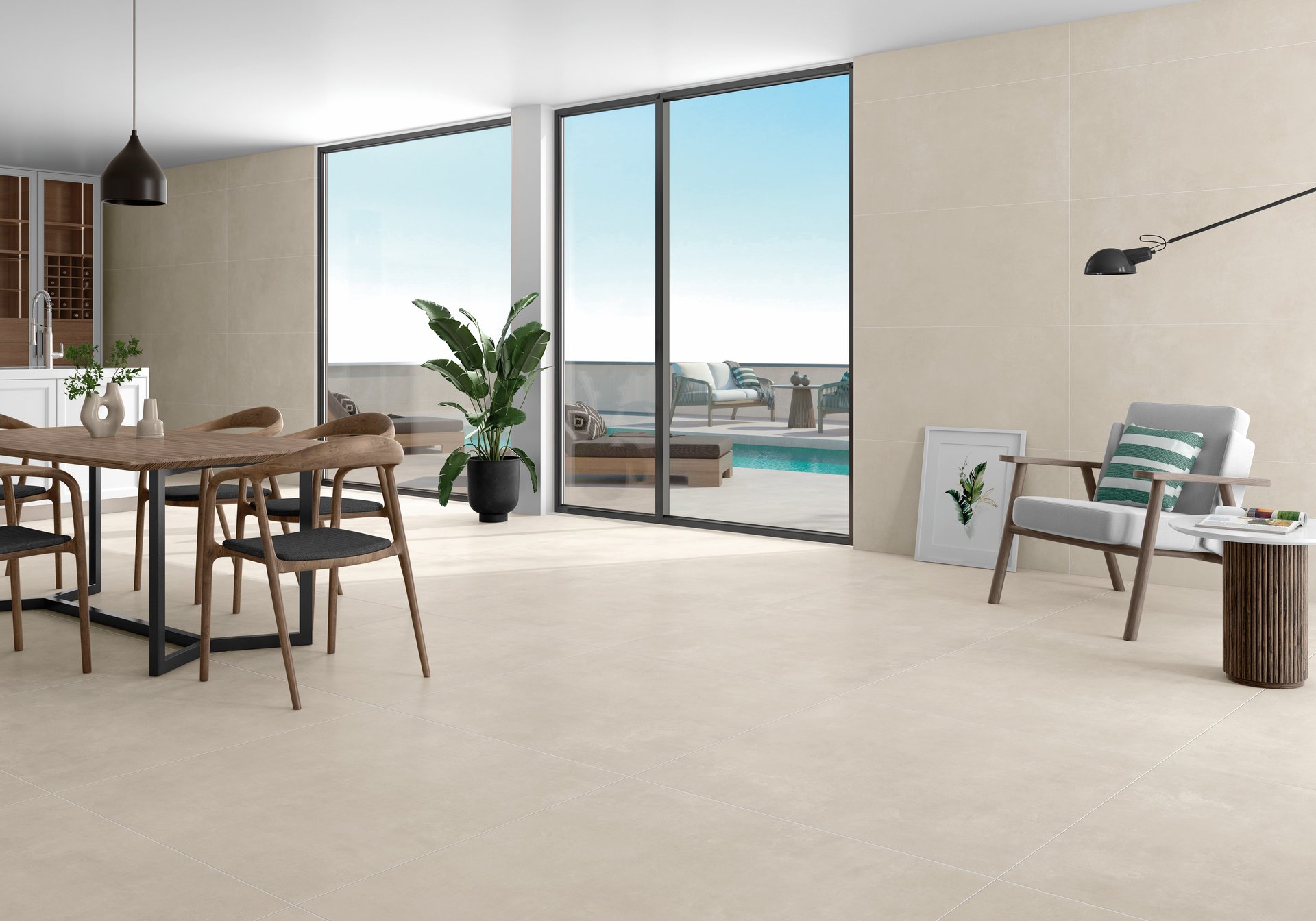

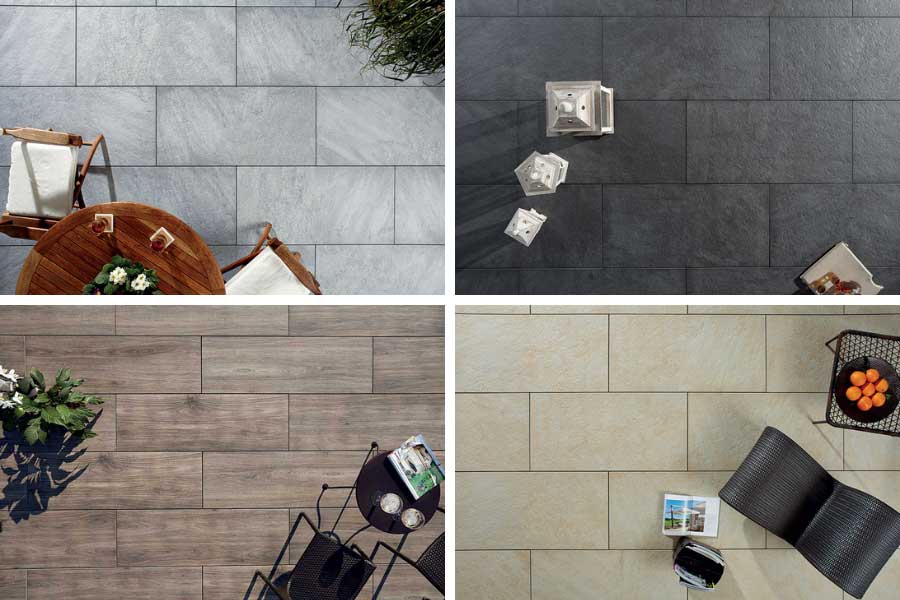
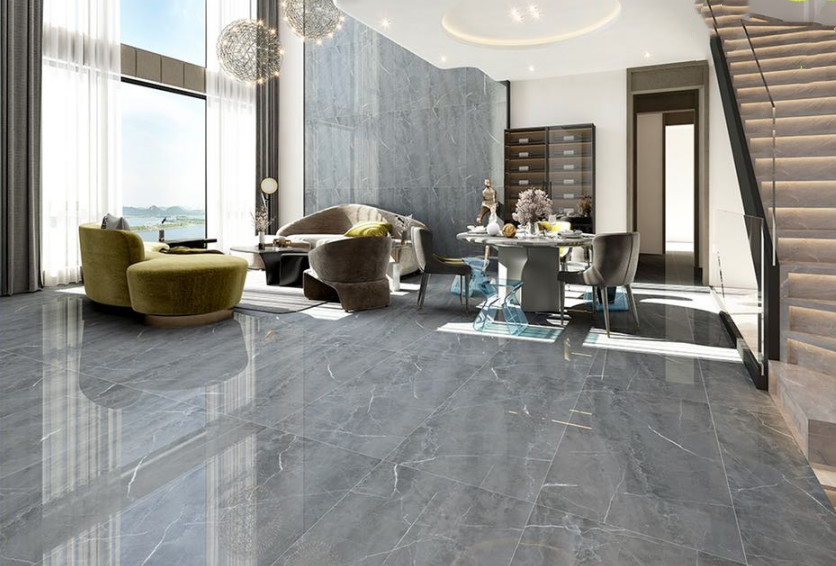

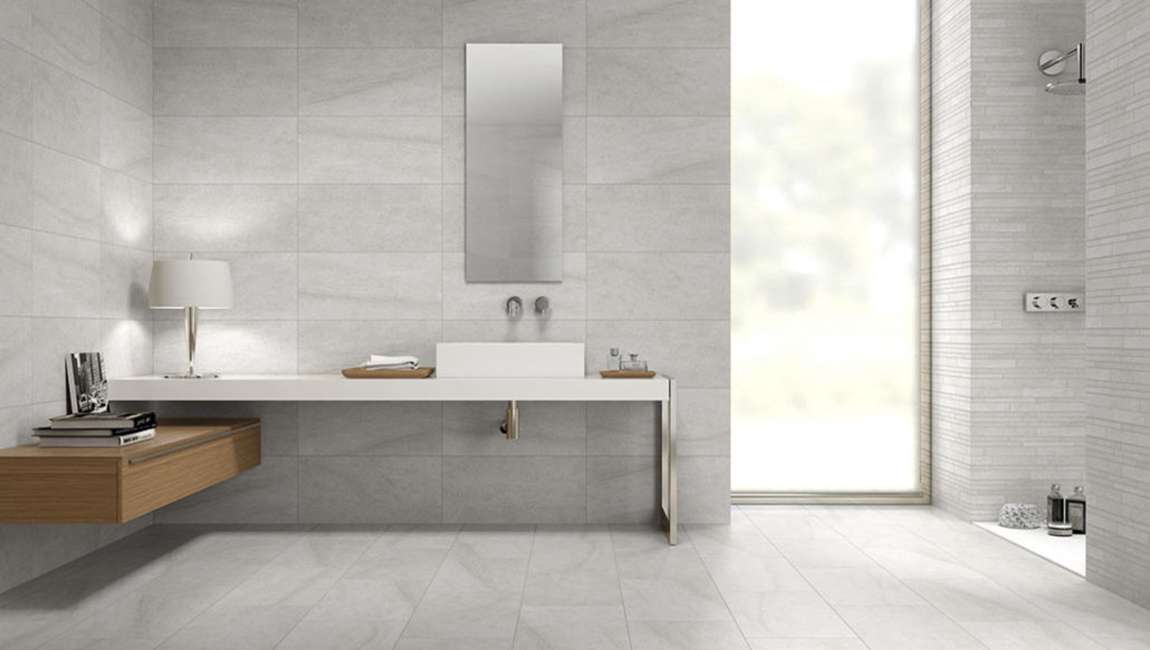
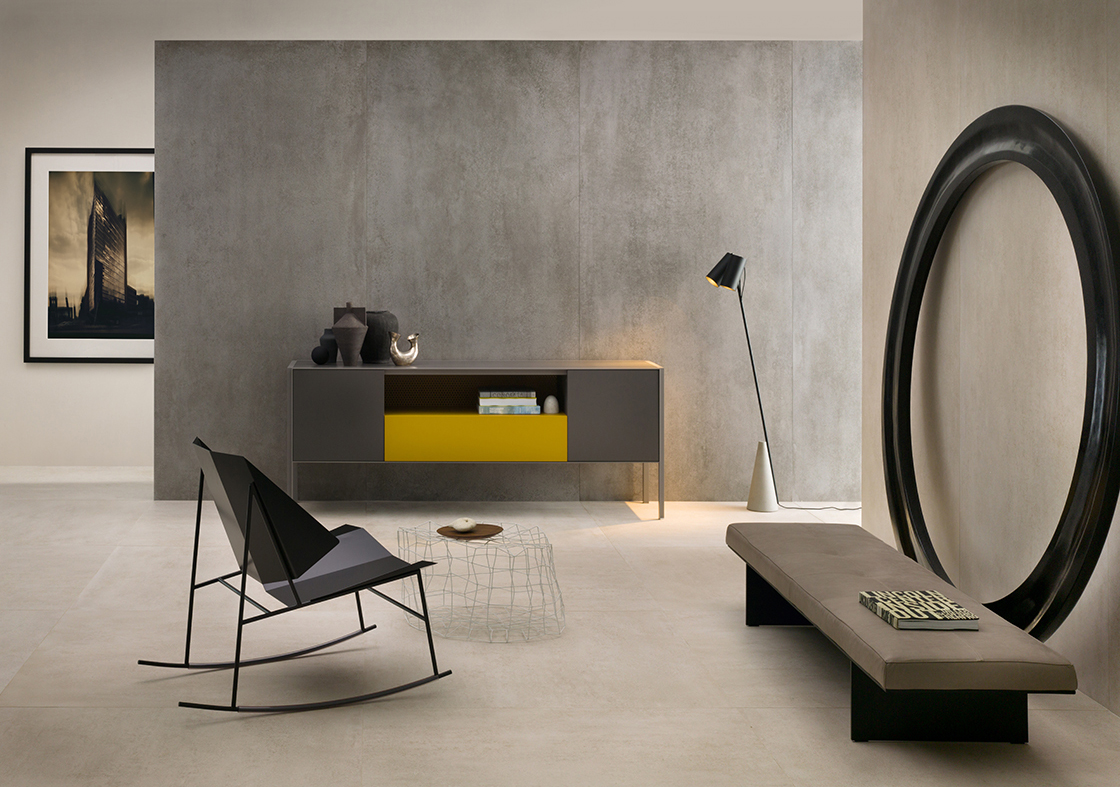
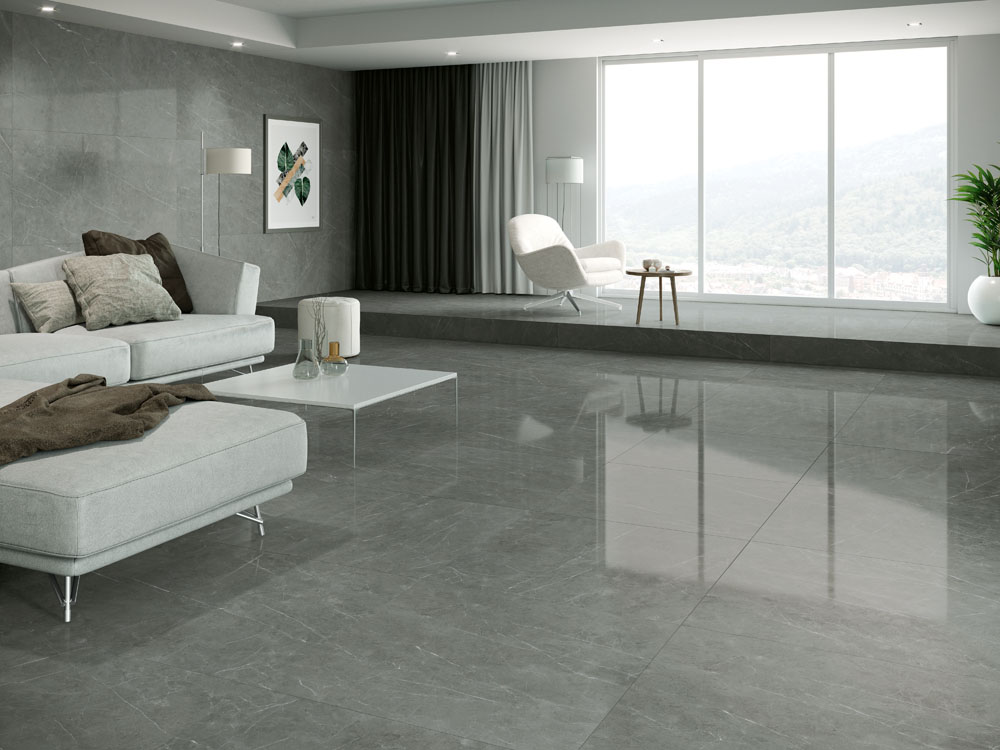
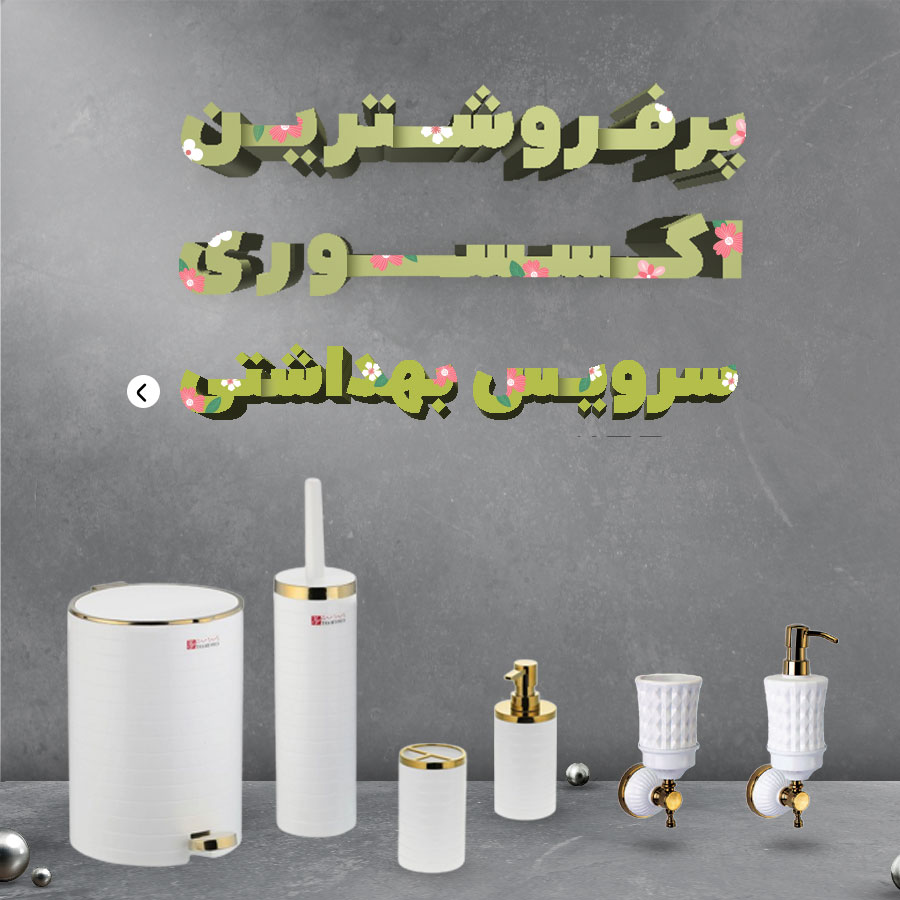

نظرات ۰